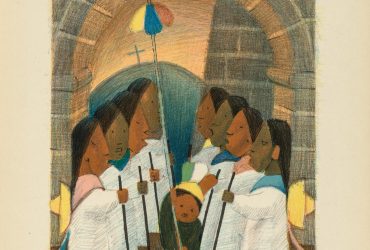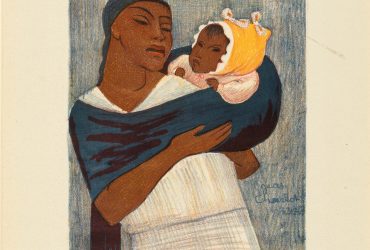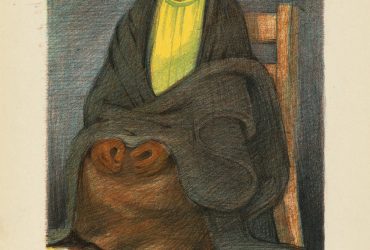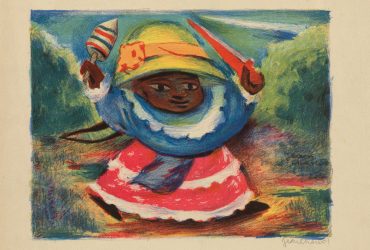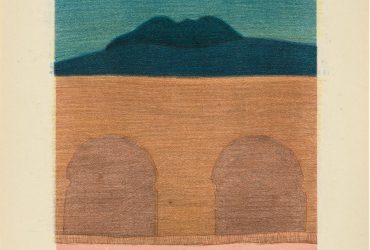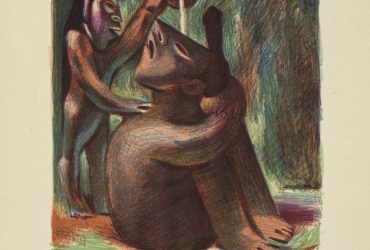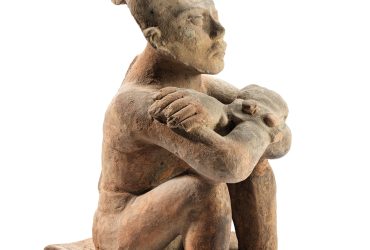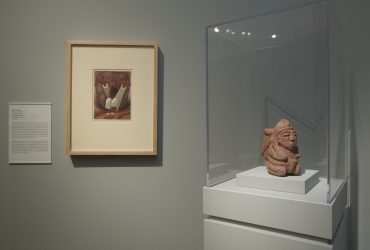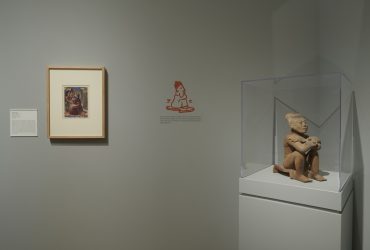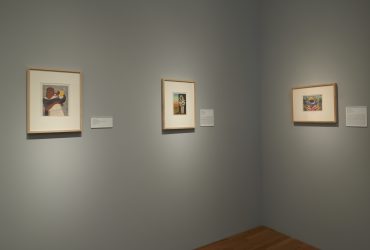Jean Charlot:
Visions of Mexico, 1933

From an early age, French-born artist Louis Henri Jean Charlot (1898–1979) was fascinated by the ancient Americas. Through his grandfather, a native of Mexico City, and great-uncle, a collector of Mexican art and manuscripts, Charlot received an early education in ancient Mayan and Aztec history and culture. After serving in World War I, Charlot moved with his mother from Paris to Mexico in 1921. Soon after their arrival, Charlot began assisting with archaeological expeditions, writing art criticism, making prints and paintings, and even apprenticing with Mexican muralist Diego Rivera (1886–1957).
In 1928, after working as an archaeological illustrator at the Mayan site of Chichén Itzá in the Yucatán, Charlot moved to the United States, where he published a set of lithographs of Mexican scenes and his favorite creative subjects: laborers, women, and children of Indigenous descent. These prints, published as Picture Book (1933), pair images with verses written in English and French by Charlot and the French poet Paul Claudel (1868–1955), respectively. Charlot borrowed this format from Mexican printmaker José Guadalupe Posada (1852–1913), who produced political cartoons with witty captions. Using a unique technique that blended colors to create statuesque and geometric forms, Charlot depicted scenes of Mexican daily life and the merging of Catholicism with local Indigenous beliefs.
Jean Charlot: Visions of Mexico, 1933 investigates Charlot’s relationship to Mexico’s Indigenous past and its colonial legacy by presenting his lithographs alongside prints by Posada and sculpture from the Nasher’s Art of the Americas collection. Charlot’s vivid, dynamic prints draw from biblical narratives, local textile traditions, and the arts of Mexico, both ancient and modern.
This exhibition is co-organized by three undergraduate Duke students, Erin Crumpler ’21, Alana Hyman ’22, and Noah Michaud ’21, and the Nasher Museum’s Academic Initiatives department, with research support from Helen Jennings ’23 and Sofia Zymnis ’21.

